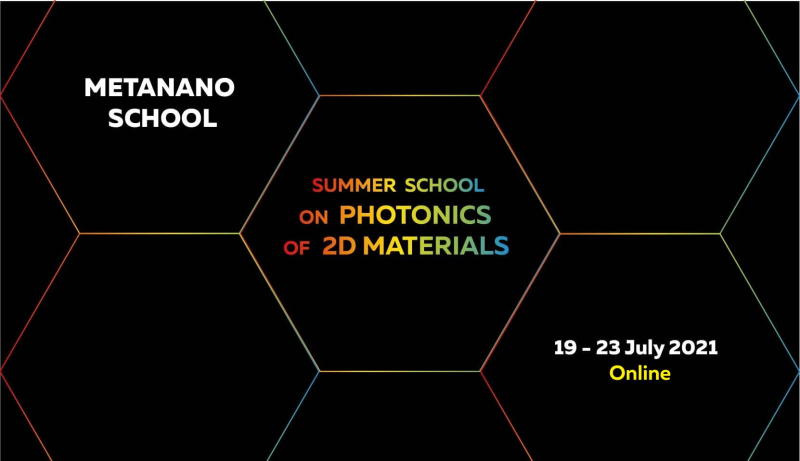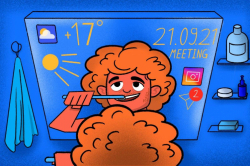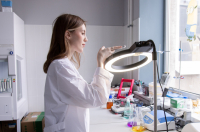One key topic is chosen and studied during each school. The level of difficulty rises from day to day, lectures are supplemented by practical and lab work, and at the end, students pass the final exam in the format of an online test. The program is well-structured and each new lecture is based on previously acquired knowledge.
This year’s topic is photonics of 2D materials. Employees of the School of Physics and Engineering – Andrey Bogdanov and program chair Ivan Iorsh, have not only proved this field of studies to be relevant but also invited the world’s leading specialists to deliver lectures. For the first time ever, the school was organized jointly with the Moscow Institute of Physics and Technology’s Center for Photonics and 2D Materials. Konstantin Novoselov’s (Nobel Prize in Physics 2010 laureate for innovative experiments with graphene) presentation was the event’s highlight.
“The topic of two-dimensional materials is extremely relevant. The 20th century was the century of semiconductors but now everything is slowly moving from three-dimensional materials to two-dimensional ones. When a layer of atoms is pulled out of a three-dimensional crystal, properties that are impossible in ordinary life occur. This is usually demonstrated using the example of graphene – in this material, electrons behave in a completely different way. It has amazing resistance and thermal conductivity. It’s a very promising platform for new technologies,” explains Valentin Volkov, head of the Center for Photonics and 2D Materials, and one of the school’s organizers.
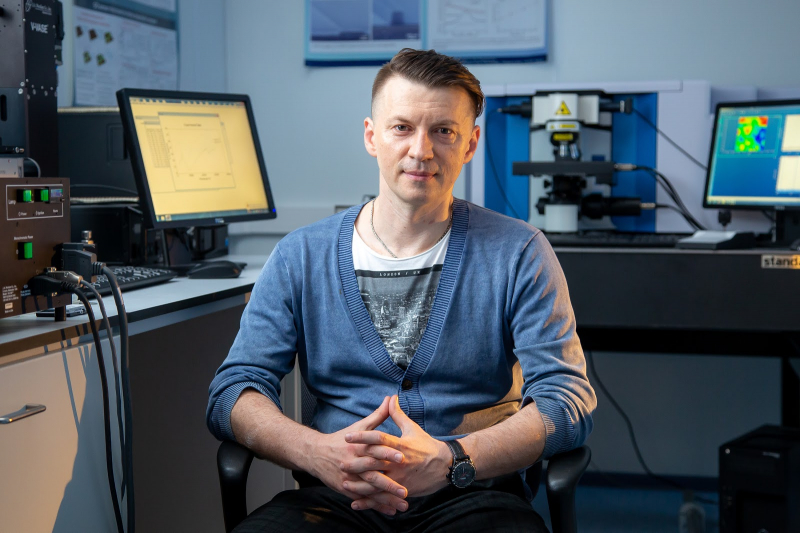
Valentin Volkov. Credit: Evgeny Pelevin / zanauku.mipt.ru
The program also included poster sessions where students could present their research and take part in the competition for the best presentation. The winners received a signed copy of Konstantin Novosyolov’s book and a money prize from Multidisciplinary Digital Publishing Institute (MDPI), a Swiss publisher and the school’s partner. All the presentations can also be published in the Sensors issue of MDPI’s journal.
Metanano School takes place before the large-scale international physics conference Metanano that will take place in Tbilisi, Georgia in September. Next year’s school will focus on nanophotonics for biodetectors.
ITMO.NEWS asked lecturers and participants of Metanano School to share their thoughts on the course.
Alexey Nikitin, Donostia International Physics Center (DIPC)
This year’s school is especially relevant due to the rise of interest in 2D materials all over the world. In particular, it’s the near-field microscopy of 2D materials that sparks interest as it allows us to take a look into fundamental quantum properties and predict new phenomena that are important for new technologies: superconductivity, ultra-narrow channeling of light along atomic layers, etc.
My research team is engaged in the interaction of light and matter in 2D materials and thin films of Van der Waals crystals. In particular, we study hyperbolic photon polaritons (vibrations of crystal lattice mixed with light that acquire unique properties).
My colleagues from MIPT asked me to participate as a lecturer. It was great to share experience with future specialists – it’s important for them to be in contact with various successful research teams. They should broaden their horizons and always learn something new.
I’ve found the interactive approach very interesting: despite the remote format, the lecturers have actively interacted with students and that’s what guarantees a school’s success.
Alexey Chernikov, Dresden Integrated Center for Applied Physics and Photonic Materials
Mikhail Glazov, the Ioffe Physical-Technical Institute of the Russian Academy of Sciences
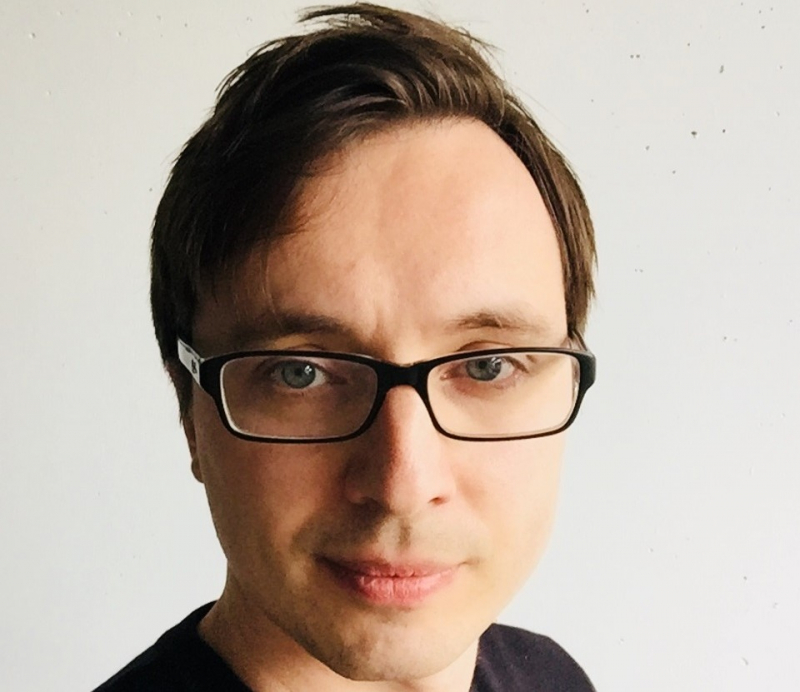
Alexey Chernikov
This year, the school focused on the physics of two-dimensional materials, with the focus on their optical properties. The physics of two-dimensional systems is trending: the emergence of new material systems, transition metals, and the development of experimental techniques for research led not only to the discovery of new physical effects but also opened up opportunities for potential applications of such systems. For example, narrow resonance lines are sensitive to the environment when light is absorbed by 2D systems and it can be used for the detection of various substances. In addition, two-dimensional materials have great potential in terms of flexible electronics.
Mikhail is engaged in the theory of semiconductors, optical, spin, and transport effects in nanosystems. In particular, properties of 2D systems – both semiconductor quantum wells and now popular atom-thin crystals: graphene and dichalcogenides of transition metals.

Mikhail Glazov
Alexey is more focused on experimental research of fundamental effects related to multiparticle states in nanosystems. In particular, a research team from the Dresden Center has been studying the diffusion of excitons in atom-thin crystals and cooperates with Mikhail and his colleagues from Ioffe Institute.
It was our pleasure to accept the organizers’ invitation. Firstly, this school has a very high level of lecturers’ expertise who represent all fields of physics of 2D systems. Secondly, we’ve already met the organizers and were sure that everything will be held at the highest level – and that turned out to be true. Thirdly, we’ve been offered an unusual format: there was an entire day of lectures on excitons in 2D semiconductors. It wasn’t easy but it was worth trying to shed light on such a broad topic both in theory and practice. We have been cooperating as researchers for a long time, so it was interesting to try and solve an educational task this time around.
We hope that the school and our lectures were useful. We’ve received lots of questions from participants and young scientists. Some were so profound that they called for further research. It was beneficial for us, too: as we prepared for the lectures, we overviewed our field of studies and saw what’s especially important, what’s already done and clear, and what’s not.
We didn’t manage to listen to all the lectures and poster presentations, but those that we saw made a great impression. It was interesting to get a first-hand look at the physics of two-dimensional systems, to hear about nonlinear transport, and photoelectric phenomena. The program of the school made it possible to see the connection between fundamental and applied studies of two-dimensional systems, to better feel the intersection of optics and photonics of new materials, and, in general, to understand what fields are actively developing now.
Andrey Bylinkin, PhD student at Basque Research and Technology Alliance’s Cooperative Research Center Nanogune (CIC Nanogune BRTA), winner of the presentation competition
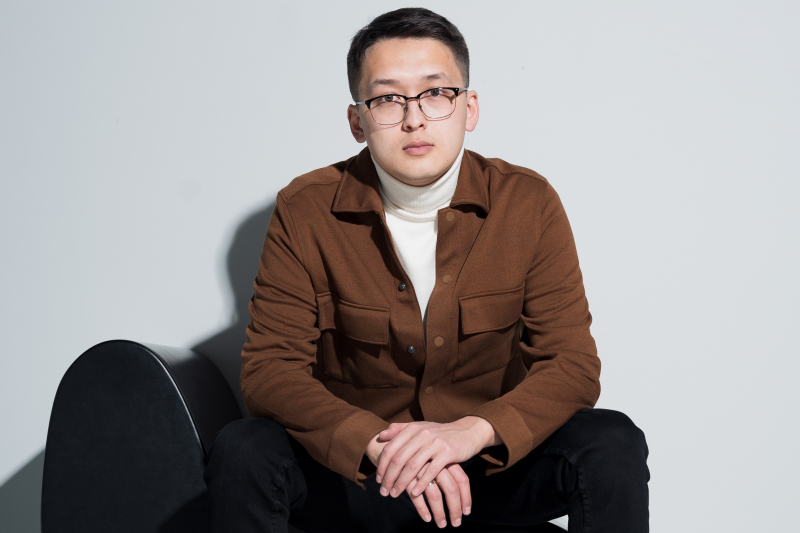
Andrey Bylinkin
I’m a third-year PhD student at the Nanooptics (CIC Nanogune BRTA) and 2D nanophotonics (DIPC) laboratories. I’m engaged in experimental and theoretical research of optical properties of new 2D materials under the supervision of Rainer Hillenbrand (CIC Nanogune BRTA) and Alexey Nikitin (DIPC). The main task of my project is research of propagation and excitation of light in thin layers of Van der Waals materials, as well as the development of ways to apply these materials in modern optoelectronic devices.
The topic of my report was “Observation of vibrational strong coupling with phonon-polaritons using the method of scanning near-field microscopy.” This presentation is based on a recently published article in Nature Photonics. Since the time for the speech was limited, I decided to focus on one important result of our research: the fact that modern near-field microscopy is a powerful experimental tool that allows us to conduct experiments on strong coupling between molecular vibrations and propagating phonon polaritons.
I decided to participate, firstly, because the topics of this year’s school correspond to my scientific interests. Secondly, the organizers did a great job and brought together first-class scientists from all over the world. Thirdly, this is my second Metanano School: I participated in the school in 2017 when I was studying at a MIPT Master’s program and I had wonderful impressions from participating in it.
First of all, I would like to note the excellent organization of the event. The organizers and the technical committee promptly responded to all letters and technical problems that arose. The school program was balanced and varied in terms of covering scientific fields. All lecturers have done a great job to bring the material to the audience with different levels of training in an accessible and interesting way. Given my great interest in near-field microscopy, I especially wanted to hear Dmitry Basov’s report on his new experimental results obtained using a low-temperature near-field microscope, as well as lectures on graphene photodetectors by Dmitry Svintsov.
I didn’t expect to win the presentation competition. It was hard for me to imagine how I would win when there were such strong participants. I know many of them personally, so I know firsthand about the level of their scientific work.
Anna Popkova, PhD students at Moscow State University’s Faculty of Physics, second-place finalist of the presentation competition
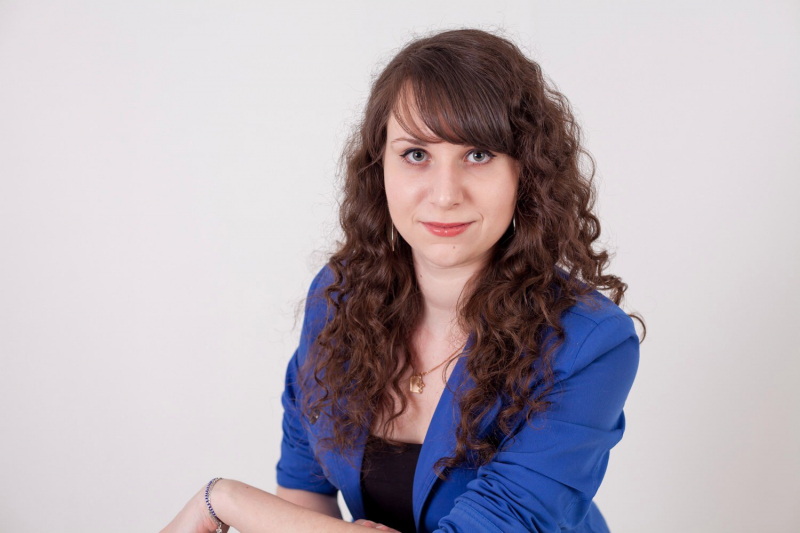
Anna Popkova
I’m a second-year PhD student at the Department of Quantum Electronics of MSU’s Faculty of Physics. I work in the laboratory of nano-optics and metamaterials under the supervision of Prof. Fedyanin. My research activities are related to the study of nonlinear optical and ultrafast properties of various materials. For a long time, I have been working with photonic crystals and surface states in them. Recently, because of the active development of the optics of two-dimensional and layered materials, we also began to conduct research in this field, and at the moment I’m more focused on the study of nonlinear optical properties of precisely layered materials and structures based on them.
The topic of my presentation was research on the generation of the third optical harmonic in thin films of hexagonal boron nitride. We studied the generation efficiency, investigated the polarization, and anisotropic dependences. We also showed that, despite the complex nature of the dependence of the third harmonic signal on the thickness, this process is described by one effective value of the nonlinear susceptibility.
I decided to take part when I saw that this year the school is devoted to a topic that is interesting to me. Before that, I had already participated in the school twice, in 2018 and 2019, when there was still an offline format.
The school was quite interesting and useful because I managed to learn a lot about various aspects of the physics of 2D materials. Initially, I really wanted to listen to Prof. Novoselov’s presentation, but it was more like an overview, so there wasn’t that much new information for me. Without a doubt, all the lectures were fascinating, it’s hard to highlight just one. For me personally, the most useful day for the fourth, focused on excitons in 2D materials because it’s related to my current research activities.
I didn’t expect to win. My goal was to share my research and I worried that I’ll forget to mention something important. Of course, it feels great that my work was appreciated. It’s a great motivation to move further, especially when there’s the Metanano conference coming up.
Luca Sortino, PhD student at Ludwig Maximilian University of Munich, winner of the special award of the presentation competition
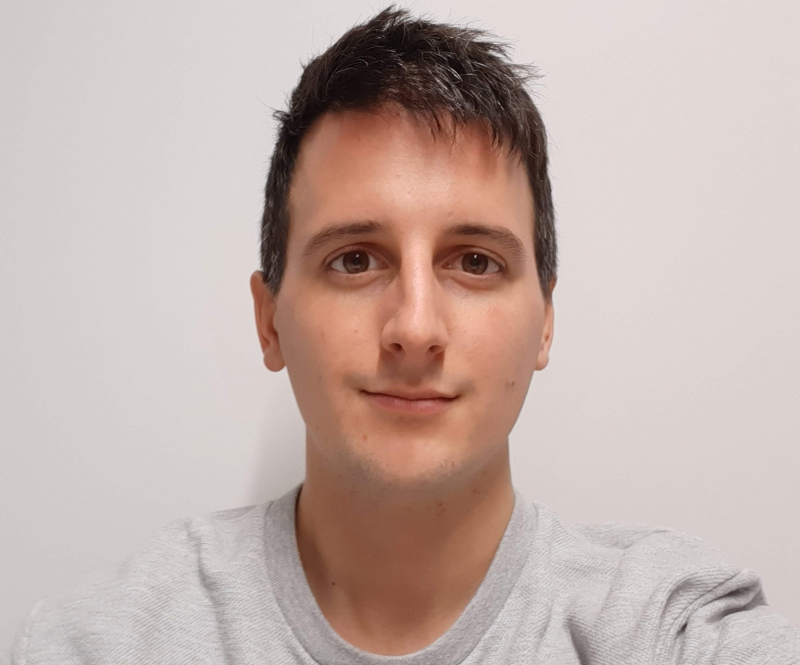
Luca Sortino
My poster presentation discussed the recent results on the enhancement of single-photon emitters in two-dimensional WSe2 coupled to high-refractive index dielectric nano-antennas. We show that the presence of photonic (Mie) resonances in the nano-antennas, together with the deterministic positioning of strain-induced single-photon emitters close at the nano-antenna surface, leads to the realization of high-efficiency single-photon sources in two-dimensional semiconductors for novel photonic quantum technologies.
It was my first time attending the school and I decided to participate due to the high profiles of the selected speakers. I came to know about the school from my current supervisor. After many online events attended over the last few years, I can say that the school was definitely well organized both on the scientific and technological part. I already knew most of the lecturers and it would be really hard to decide which one was the best. I really liked lecturers in the fields where my expertise was lower, such as graphene plasmonics and metasurfaces.
I didn’t expect to win, especially since the chair had already assigned all of the poster prizes before going for the last, special award that I received. This was definitely a surprise and I appreciated seeing that my research managed to have such an impact. This achievement is like a reward for my efforts during the recent difficult years of the pandemic and encourages me to further deepen my research in this field.
